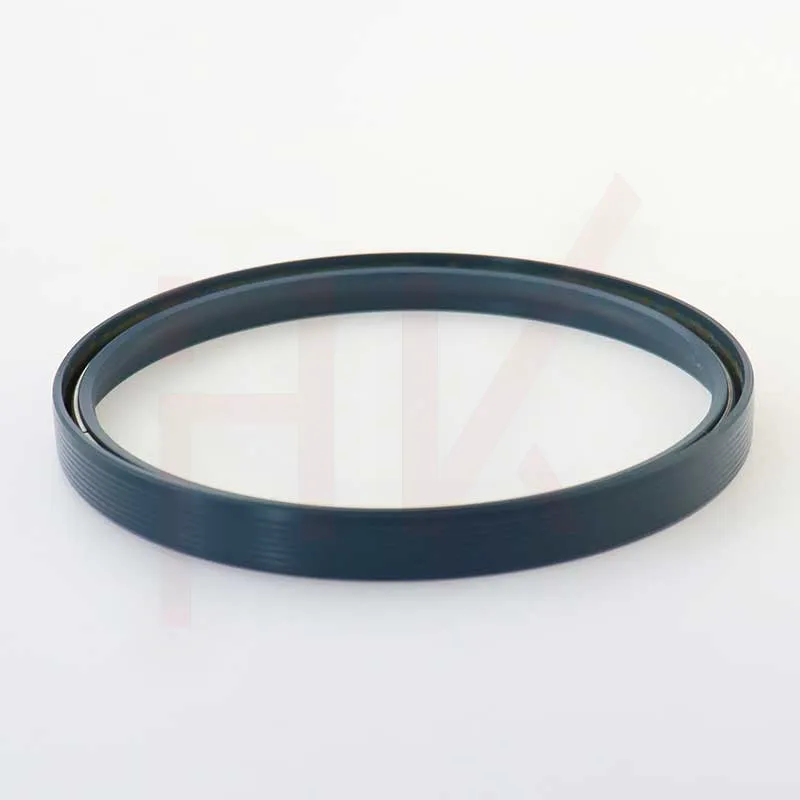Nov . 25, 2024 23:42 Back to list
Understanding the Importance of Dust Seals in Machinery and Equipment Performance
Understanding Dust Seals Importance and Applications
In many industrial and mechanical settings, the functionality and longevity of equipment are often threatened by the presence of dust and particulate contamination. To combat these challenges, dust seals play a crucial role in maintaining the integrity of machinery and ensuring optimal performance. This article delves into the significance of dust seals, their applications, and the various materials used in their construction.
Dust seals are specifically designed to prevent the ingress of dust, dirt, and other contaminants into moving parts of machinery. They create a barrier that protects critical components such as bearings, shafts, and gears from abrasive particles that can cause wear and tear. By minimizing contamination, dust seals help to extend the lifespan of equipment, reducing maintenance costs and downtime.
One of the primary applications of dust seals is in the automotive industry
. Vehicles are constantly exposed to various environmental factors, including dust, mud, and grit. Dust seals are used to shield essential parts such as wheel bearings and suspension systems from these harmful elements. In doing so, they enhance vehicle reliability and performance, ensuring a smoother ride and improved safety on the road.dust seal

In addition to automotive uses, dust seals are integral to the construction and agricultural sectors. Heavy machinery, such as excavators and tractors, operates in environments where dust and dirt are prevalent. Seals effectively keep contaminants out of hydraulic systems and gearboxes, allowing these machines to function reliably even under challenging conditions. This not only boosts productivity but also ensures worker safety by reducing the risk of equipment failure.
Another notable application of dust seals is in electronic devices. Many electronic components, such as hard drives and cameras, are sensitive to dust. Manufacturers employ dust seals to protect these devices from contamination, thereby enhancing their durability and performance. With the increasing reliance on technology in our daily lives, the demand for effective dust seals in electronics continues to grow.
When discussing the materials used in dust seals, several options come into play. Common materials include rubber, polyurethane, and silicone, each offering varying degrees of flexibility, resistance to temperature fluctuations, and durability. The choice of material largely depends on the specific application and environmental conditions to which the seal will be exposed.
In conclusion, dust seals are a vital component in various industries, serving as the first line of defense against contamination. Their ability to protect machinery from dust and abrasive particles not only prolongs equipment life but also enhances performance and safety. As technology and industrial processes continue to evolve, the importance of effective dust sealing solutions will only increase, making them an essential element in maintaining both efficiency and reliability in the modern world.
-
TCN Oil Seal Metal Ring Reinforcement for Heavy Machinery
NewsJul.25,2025
-
Rotary Lip Seal Spring-Loaded Design for High-Speed Applications
NewsJul.25,2025
-
Hydraulic Cylinder Seals Polyurethane Material for High-Impact Jobs
NewsJul.25,2025
-
High Pressure Oil Seal Polyurethane Coating Wear Resistance
NewsJul.25,2025
-
Dust Proof Seal Double Lip Design for Construction Equipment
NewsJul.25,2025
-
Hub Seal Polyurethane Wear Resistance in Agricultural Vehicles
NewsJul.25,2025
-
The Trans-formative Journey of Wheel Hub Oil Seals
NewsJun.06,2025
Products categories
















